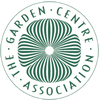Growing Healthy Trees
With our outdoor plants team member Ian
Choose a tree thoughtfully and carefully. Whether you have a happy relationship with the new tree in your garden depends largely on how much care you use in choosing the species. You should invest as much effort in picking a tree as you do a pet—or even a spouse.
Plant your tree right. A well-planted tree grows faster and is more likely to be healthy and vigorous than a poorly planted one. You’ll need to be sure the hole is three times the diameter of the rootball, and blend in one part compost to three parts excavated soil for backfill.
Don’t stint on water. Even if you chose a drought tolerant tree, you’ll need to water it thoroughly and regularly for the first few years after planting. Immediately after planting, water the tree at low pressure to settle the soil. After that, water the tree deeply whenever the soil is dry to promote deep, strong roots.
Don’t prune or fertilize a young tree. Remember that your tree is trying to establish itself in a new location. It must develop a strong root system, get used to the new growing conditions, and make it through the winter. Given this, stimulating the tree to grow faster and produce more foliage is just a bad idea. Don’t fertilize a newly planted tree until the second or third year. Similarly, limit pruning to the absolutely essential at first. As the tree gets established, you can start to prune or train it.
Mulch not grass. Think of the soft carpet of dead leaves a forest provides its trees. That’s natural mulch, organic material layered over a tree’s root area to protect against cold and heat, hold in moisture and keep down weeds. Don’t even think of sowing grass beneath a young tree for a year or two. Trees don’t compete well with grass for nutrients they need to thrive.













